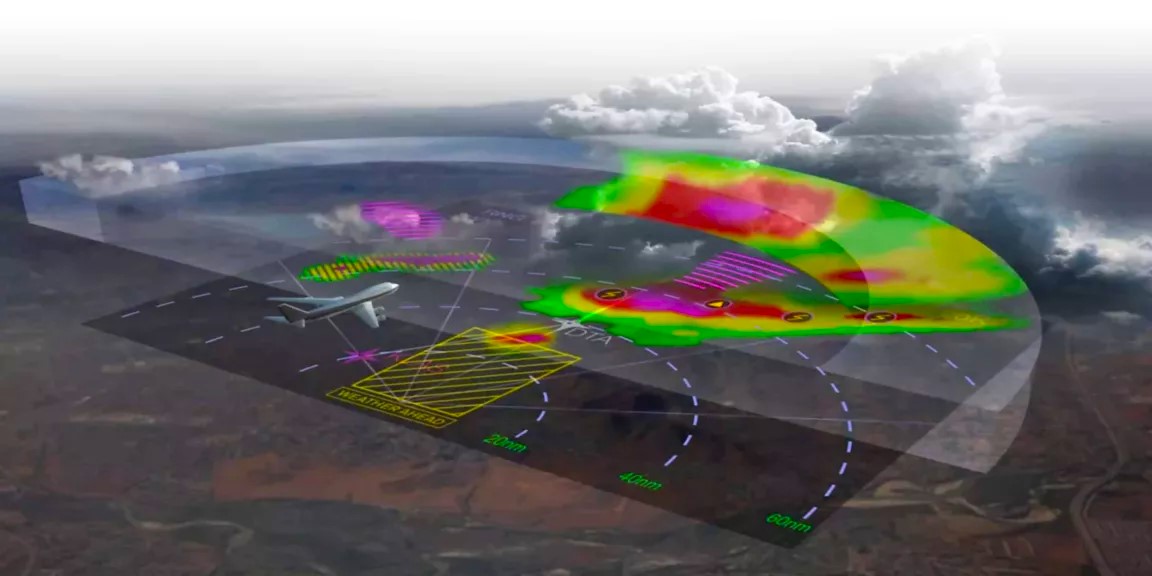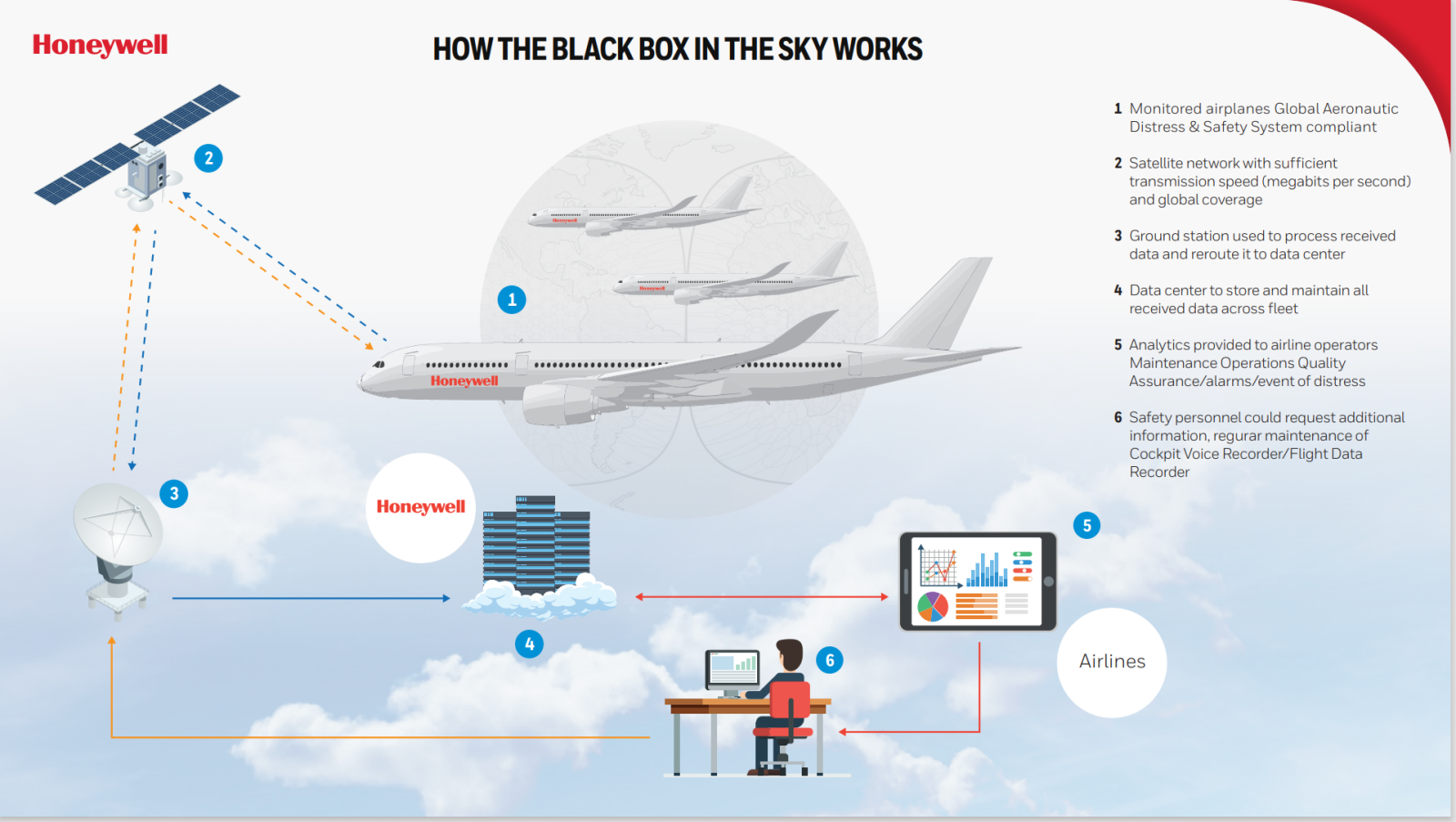


In the Farnborough International Airshow (FIA), England, United Airlines has selected Honeywell to supply a wide range of avionics for new 737 MAX aircraft that will enter service over the next decade, including technologies such as the industry's only 3D weather radar, new 25-hour flight data recorders and advanced traffic avoidance systems.
United Airlines first selected a similar suite of Honeywell avionics in 2018 to equip 161 737 MAX aircraft, and this latest agreement builds on Honeywell's reliability in delivering world-class aerospace technology.
Heath Patrick, President, Americas Aftermarket, Honeywell Aerospace Technologies, said:
"We are proud to continue our long-standing relationship with United Airlines to provide advanced avionics for its growing 737 MAX fleet," "Our technology reduces pilot workload, improves situational awareness and supports dispatch reliability."
About the 3D weather radar system, Honeywell IntuVue RDR-4000 is a member of Honeywell’s family of advanced weather radar systems. IntuVue automatically scans the sky at 17 tilt angles – the most in the industry – and delivers a 3-D view of the weather through an intuitive display that pilots love.
The IntuVue RDR-4000 and RDR-7000 weather radars collect data from continuous scanning that looks at airspace from 0 to 60,000 feet and +/-60 degrees. When the data is put in the 3D volumetric buffer, it’s corrected for the earth’s curvature so that pilots will read true MSL (mean sea level) altitudes.
The IntuVue RDR-4000 3D Weather Radar System is available on the A320, A330, B737NG, B737Max, B777, E-170/175/190/195/E2, F5X, F7X, F8X and G650 platforms.
Honeywell will also provide the 25-hour CVR recorder by its Honeywell HCR-25 (Honeywell Connected Recorder 25 hrs), which was developed in partnership by Honeywell and Curtiss-Wright. The HCR-25 cockpit voice recorder supports four high-quality communications channels and a CPDLC datalink recording channel, each of which records for 25 hours.

The HCR-25 unit is fully ED-112A compliant and is designed to be installed into existing aircraft equipment trays, offering a simple upgrade path from current 2-hour voice recorders.
That's not all ! United Airlines selected the following Honeywell cockpit technologies for its 737 MAX fleet as a complete package:
